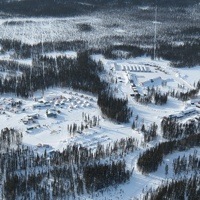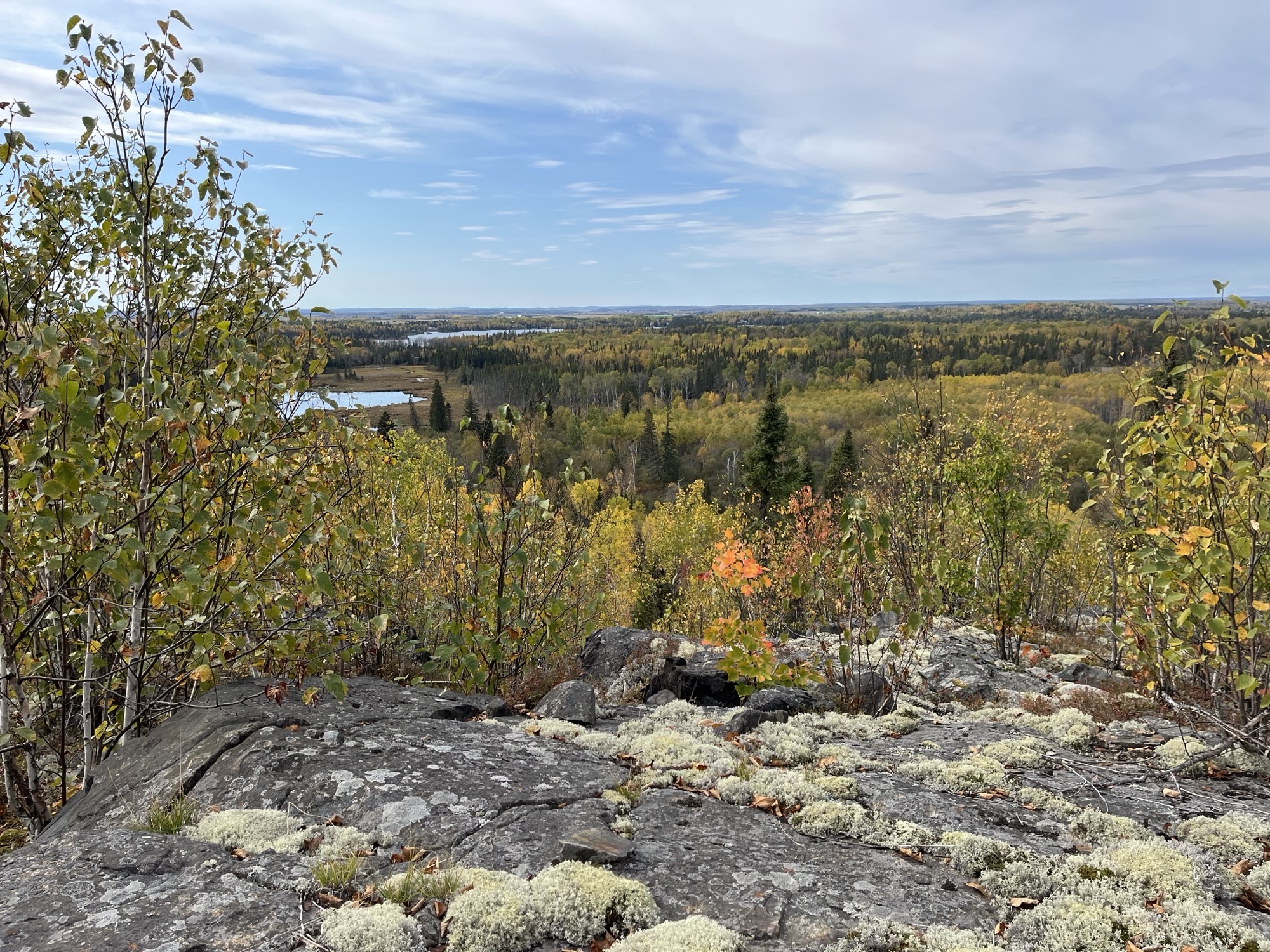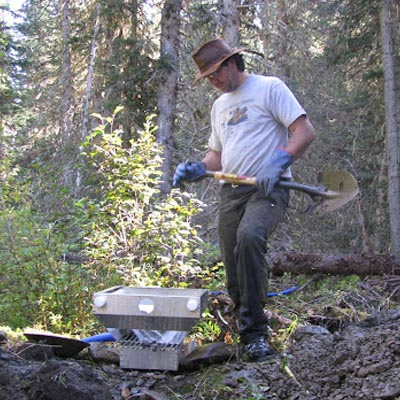The challenge of infrastructure at Ontario’s Ring of Fire region

1 of 2Noront's Eagle's Nest project is the only active project in Ontario's Ring of Fire. — Photo courtesy of Noront2 of 2Noront, the Ring of Fire's
1 of 2Noront's Eagle's Nest project is the only active project in Ontario's Ring of Fire. — Photo courtesy of Noront
Noront is the largest claim holder in Ontario’s Ring of Fire region—the undeveloped 5,000-square-kilometre chromite-rich area 400 kilometres northeast of Thunder Bay with an estimated $120 billion in potential revenue.
The project’s rich resources and complete void of infrastructure has explorers, mining companies, and the provincial and federal governments pondering the best way to bring the development’s resources to production.
According to Noront, which holds the Eagle's Nest copper-nickel project and an adjacent chromite deposit, the problem is not insurmountable, at least for the short term.
Since the discovery of Eagle’s Nest in 2007, Noront has spent in excess of $200 million on exploration, development and community engagement. The exploration program has
included extensive geophysics as well as 205,974 metres of drilling in 670 holes.
“You need a road in; there’s no two ways about that,” says Al Coutts, CEO of Noront. “The key is the size of the road, and where it is situated, which is also subject to some debate.”
In 2012, Cliffs Natural Resources announced a $3.3-billion plan for a chromite mine and associated infrastructure, but the company later shelved the project indefinitely citing access and infrastructure limitations.
“If you are doing a large-scale chromite deposit, you need a large-scale chromite road, because it is a bulk commodity—some people have even called for a railroad,” said Coutts.
Although it, too, has a chromite deposit, Noront is not developing it at the moment, opting instead to develop Eagle's Nest, which was awarded its mining lease in April.
“It is high grade and can be concentrated on site so we don’t need to move high amounts of material,” said Coutts. “This means we can use smaller infrastructure to move it to market.”
Coutts said this won’t be the only road to the Ring of Fire, but is a first move in generating activity in the region.
“If it is truly a generational new mining camp with the potential to last decades or even centuries, there will be lots of infrastructure development over time,” he said. “Ours is the only project actively permitting and financing and moving ahead; why not build a moderate-sized road to get the first project up and running and start creating jobs and opportunities for First Nations?”
Noront’s 280-kilometre road would run east-west from Pickle Lake to the Eagle's Nest mine site, weaving in close proximity to several remote First Nations communities, which could then branch onto the main trunk.
It would follow the access corridor created by the temporary winter road currently used to haul supplies to the region two months of the year. Noront would follow the same route, with diversions to avoid the 80 kilometres or so that are currently built over lakes and wetlands. The project would take about 2.5 years.
“We are trying to find a way to kick-start it and meet the needs of lots of people, including developing training opportunities for First Nations and providing all-season infrastructure,” said Coutts.
Noront has spent the past three years completing an environmental assessment of the route corridor, engineering materials and probing in muskeg areas. The company has generated a sophisticated proposal and is awaiting the provincial government decision around financing infrastructure to the site.
Noront’s proposal carries a $400 million price tag.
The Ontario government recently committed $1 billion toward infrastructure development in the Ring of Fire, and called on the federal government to match the commitment.
The key in generating assistance in funding the road is its focus on creating access for aboriginal communities,” said Coutts. “The federal government doesn’t necessarily want to fund a road to a mine site, but may want to fund a road to aboriginal communities,” he said.
In the future, if Noront moves ahead with its chromite deposit, infrastructure and road upgrades would be in order.
“The big disconnect at the government level is that the provincial government said it would put a billion dollars in, and Minister of Natural Resources Greg Rickford said they aren’t really interested in tossing a billion dollars around; however, if there were a designed, engineered, environmental assessment and proposal, the federal government would be interested in participating,” said Coutts.
Although the remote location and lack of infrastructure receives the most attention, he said it may prove to be the easier part of developing the Ring of Fire.
“I think the trick will be bringing First Nations to the table and involving them in the project,” he said. “That has to be important and I think the other challenges will appear small.”
Because the remote First Nations communities in the region have never experienced economic development, Noront and other interested parties will have to proceed with a careful and thoughtful approach.
“We have to earn that trust and bring them along with us—invite them to participate and let them have some wins,” he said.
First Nations near Noront’s Eagle's Nest project expressed concerns about another mining company leaving behind debris and about water contamination.
To address these concerns, Noront designed a fully underground project for Eagle's Nest, along with an underground quarry that would capture 100 per cent of the mine’s tailings.
“The reason we can do that is we are in the James Bay lowlands, and it is swampy up there,” said Coutts. “So we are going to do bulk underground mining of clean barren rock because we’ll need it to surface roads and airstrips, and for the camp, and it will allow us to put the extra tailings underground."
Right next door to Eagle's Nest—literally, 500 metres away—is Noront’s chromite deposit, which will be up for development once the road and infrastructure is in place.
“I think companies with interest in the Ring of Fire have just touched the surface,” said Coutts.
“Once we have a road and access, there will likely be an exploration rush in the future.” he said.



